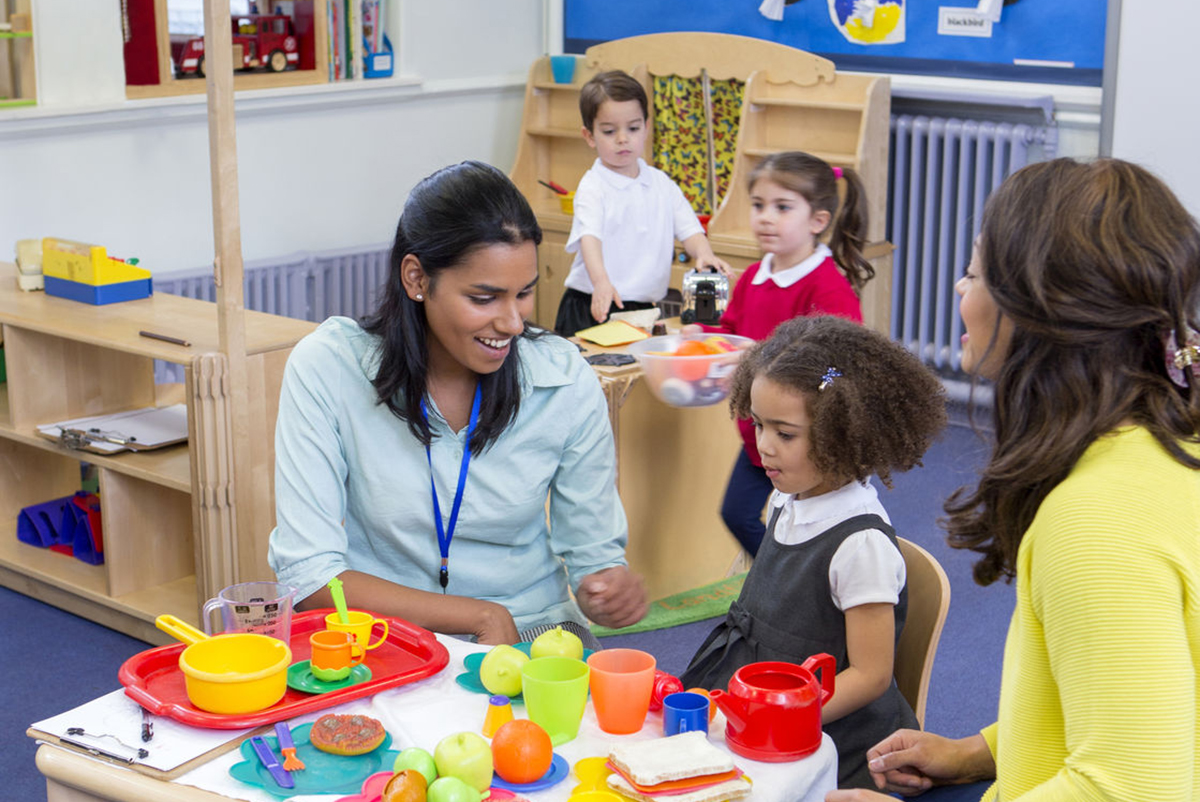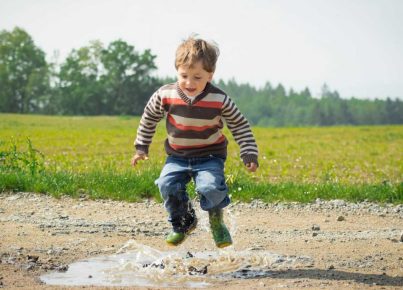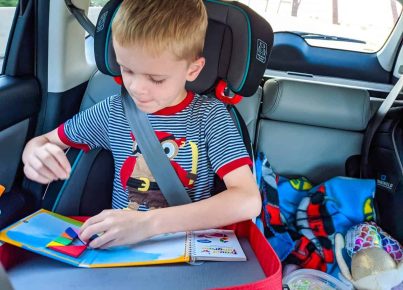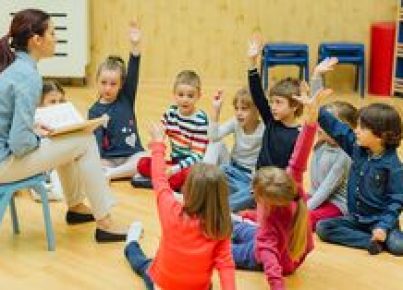Introduction
Self-evaluation is an essential tool for early years practitioners who strive to continuously improve the quality of their provision. A robust self-evaluation process enables practitioners to reflect upon and assess their current practices and identify areas that require improvement. In this article, we will explore the importance of self-evaluation, the relevant components of a successful self-assessment, and suggestions for incorporating self-assessment into daily practice.
The Importance of Self-Evaluation
Effective self-evaluation is instrumental in improving the overall quality of early years provision. It enables practitioners to:
1. Develop a deep understanding of their setting’s strengths and weaknesses
2. Reflect on current practices, ensuring they adhere to relevant guidelines, standards, and best practices
3. Monitor progress by continually assessing if their strategies are yielding positive results
4. Identify areas for professional development and training
5. Maintain accountability through regular documentation and communication with stakeholders
The Components of a Successful Self-Evaluation
A comprehensive self-evaluation should encompass all aspects of the early years setting, including leadership, teaching strategies, environment setup, parent partnerships, procedures, and children’s outcomes.
Some key components of an effective self-assessment process include:
1. A clear vision: Establishing a shared vision among practitioners promotes a unified approach to continuous improvement.
2. Regular review and reflection: Frequent evaluations, both formal and informal, enable practitioners to keep track of their progress.
3. Inclusive participation: Involving all staff members increases accountability and ensures that everyone has a voice in shaping improvements.
4. Data-driven decisions: Gathering evidence from observations, assessments, feedback surveys, etc., ensures that changes implemented are based on documented needs.
5. SMART objectives: Setting Specific, Measurable, Achievable, Relevant, and Time-bound objectives help to focus improvement efforts where they are needed most.
Incorporating Self-Assessment into Daily Practice
To integrate self-assessment effectively into daily practice, early years practitioners can:
1. Develop a culture of growth and learning among staff members by consistently encouraging reflection and open discussions about practice.
2. Use appraisal systems as an opportunity to review individual staff performance as well as overall setting effectiveness.
3. Schedule regular team meetings to discuss self-assessment findings and collaboratively plan for improvement.
4. Regularly review relevant guidelines, standards, and best practices, and use them to guide self-assessment processes.
5. Communicate progress and improvements with stakeholders, including parents and regulatory bodies.
Conclusion
Self-evaluation is a vital component of providing high-quality early years provision. Practitioners committed to continuous improvement should view self-assessment not as a one-time event but an ongoing practice that is embedded in daily activities. Embracing the reflective nature of self-evaluation will empower educators to enhance their provision’s quality to the benefit of both children and families they serve.





